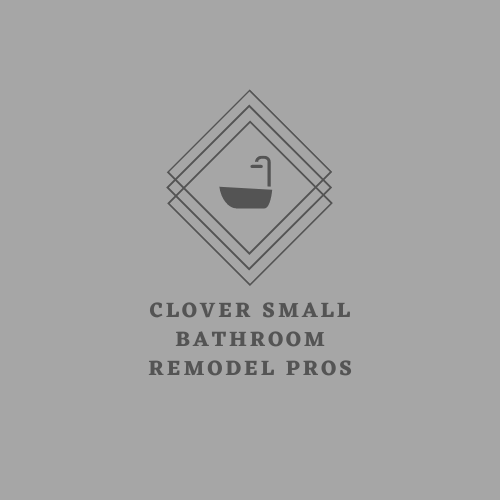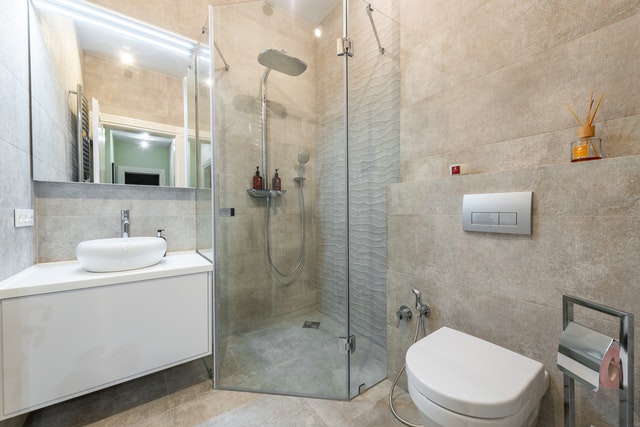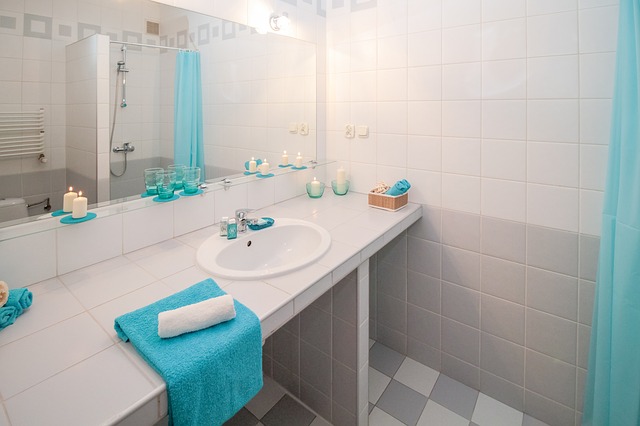This is an excerpt from the Book called “The Bathroom Idea Book” by Andrew Wormer. Continue reading to learn more about Faucets and sprays, thanks to the author.
Selecting Fixtures for a tub or shower isn’t as simple as it used to be. Fixed showerheads are often supple mented with track-mounted handheld showers that accommodate short and tall users. Many showers now have multiple sprays that offer cleansing and messaging action directly to the body; you don’t even have to get your head wet anymore when you take a shower. And control valves are safer, more stylish, and more reliable than ever.
Polished Chrome is still a popular finish for bathroom fixtures because it is durable and easy to clean. Underneath the chrome, however, the best fittings are still made from corrosion-resistant machined brass. Melded-plastic and cast pot-metal plumbing fixtures with chrome finishes may have the look of their more expensive counterparts, but they won’t offer the same performance and won’t last nearly as long.

Antiscald Shower Valves
Picture this: you’re taking your morning shower, absentmindedly thinking about the day ahead while shampooing your hair. Unknown to you, someone else-where in the house flushes a toilet or starts the washing machine. This drops the house’s cold-water pressure and sends a sudden surge of hot water out of the shower-head directly onto your head. Startled, you reflexively step back out of the shower stream but slip on the soapy side of the tub and start to fall. With nothing to grab onto but the shower valve, you inadvertently pull it all the way over to the hot side as you’re falling, getting a full blast from your hot-water system’s 1400 F water. If you’re lucky, you’ll escape with only a few bumps and bruises and some scalded skin. Not a great way to start the day.
Scenarios like this have prompted national and local building codes to require (and manufactures to produce) antiscald shower valves that help prevent injury in the bathroom. These valves work, so if you’re remodelling a bathroom, plan on replacing your old shower valve with a new antiscald valve. And if you’re building a new bath, you probably won’t have a choice, because antiscald valves are now required in most new construction.
Pressure-balancing valves are the most widely available (and least expensive) type of antiscald valve. They work by detecting sudden pressure changes between the hot-and cold-water supplies and automatically compensating for them. Piston-type pressure-balancing valves have a metal cylinder that connects the hot and cold side of the valve. When the pressure drops on one side, the piston moves and reduces the flow of water on the other side. These valves are slightly noisier and more expensive than diaphragm-type valves, but both work in essentially the same way.
Thermostatic shower valves are a more expensive option. They contain a temperature-sensing mechanism that enables them to maintain a constant water-output temperature regardless of the temperature or pressure of the hot-and cold-water supplies. These valves can often be set to a preselected temperature, so that they operate at a predictable and comfortable water temperature. Some manufactures also offer combination valves that react to both water pressure and water temperature.
It pays to spend a little more for a good antiscald valve. While there are plenty of inexpensive valves available, they don’t all perform equally. The better ones react more quickly and smoothly to pressure and temperature changes, offer more options like pre-programmed temperature and volume control, and are more reliable. Although the cost of one of these shower valves may seem high, it is cheap insurance against burns and injury.
Optimize Your Shower
Conventional wisdom doesn’t always produce the most efficient or comfortable shower. For example, most showers have their controls located in the wrong place: directly beneath the fixed showerhead. A better location is offset toward the shower entrance and between 40 in. and 50 in. off the floor, so that the water can be turned on and adjusted from both inside and outside the shower. That way, you don’t have to be immersed in cold or hot water to turn the shower on or off.



Similarly, there is nothing wrong with a single fixed wall-mounted showerhead…as long as everyone who uses it is the same height. For tall people, short people, and children, a handheld shower-head mounted on an adjustable track is a better idea. This kind of showerhead can be moved up and down so that users can keep their heads out of water. Handheld showers with an extension hose are also more convenient for washing small children, pets, and the interior of the shower. Mounting a fixed showerhead on one wall and a track-mounted handheld shower on an opposing wall makes a shower more comfortable and versatile for multiple users.
Body sprays are typically mounted at shoulder, waist, and thing level and are often controlled by a separate shower valve. The spray patterns and volume of individual body jets are usually adjustable and can vary from a soft spray to an invigorating massage. A body mist is a single metal bar with a series of jets in it that offers a gentler action than body sprays. One advantage of both body sprays and body mists is that you can take a shower without getting your head wet.
Besides Polished Chrome, there are other user-friendly faucet finishes. Polished brass has a beautiful look, but until recently the epoxy or lacquer coatings that were used to protect it were prone to damage from the abrasive cleansers typically used in the bathroom. Now most manufacturers use a new coating process and guarantee their brass finish for the life of the fixture. Nickel, pewter, and even gold are other metal finishes, each with a varying degree of resistance to scratching and corrosion. Colored epoxy-coated finishes are also available and give faucets and sprays an exciting contemporary look.






